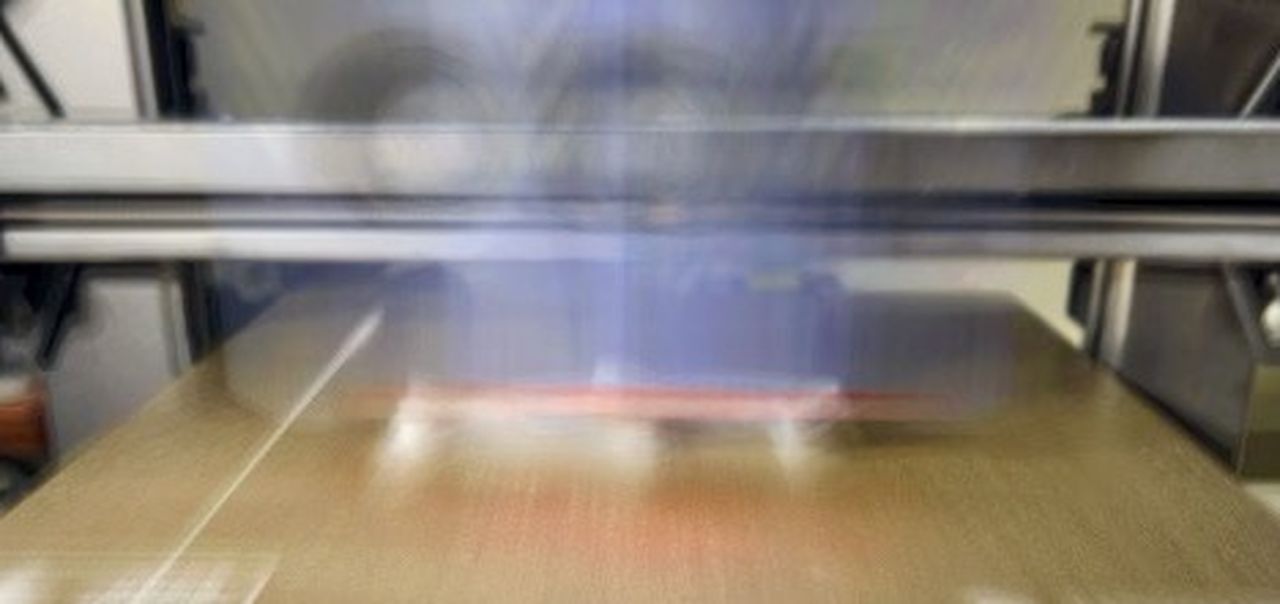
Which desktop 3D printer companies have entered the high speed 3D printing race?
I’ve been doing much thinking about the surprising emergence of high speed desktop 3D printers. These devices can operate at up to 10X faster than the desktop FFF 3D printers we’ve seen for the past 15 years.
Their advanced speed is near miraculous. We’ve tested a number of them in recent weeks, and typically they can produce objects 2-4X faster than we’ve been accustomed to doing with older equipment.
It now seems pretty clear that within a year the standard speed for desktop FFF 3D printers will be “high speed”. That is, at least 2-3X the standard 40-80mm/s of older machines.
The fastest machines currently on the market employ firmware magic to enable the normally deadly combination of high quality output and high speed printing. It’s all derived from new firmware algorithms to manage the severe momentum changes when the toolhead shifts direction at high speed. Without compensation, the toolhead can get misaligned before it recovers, leading to poor quality prints.
New machines seem to arrive every week touting high speeds. However, there are some companies that don’t seem to be working on high speed 3D printers, or at least haven’t released any yet.
Some companies have released what I might term “interim” machines that are somewhat faster than normal equipment, but not as fast as the firmware-enabled speedsters at the top of the heap. While these are not the fastest, they do indicate that the company has interest in high speed 3D printing, and is no doubt developing faster versions for near future release.
Others don’t seem to be entering the high speed race, and I am concerned for their future welfare in the midst of a new world of high speed 3D printers everywhere.
I pulled out our list of the most well-known 3D printer brands as identified by our survey from last year. Note that this is old by now, and some newer brands like Bambu Lab were not included in the survey. Nevertheless, it shows the current state of high speed interest from the listed companies:
| Company | High Speed Option | Example Machine |
| Creality | Yes | K1 |
| Prusa | Yes | MK4* |
| ANYCUBIC | Yes | Kobra 2* |
| Elegoo | Yes | Neptune 4 |
| Dremel | No | |
| Flashforge | Yes | Guider 3 Ultra |
| Monoprice | No | |
| Snapmaker | Yes | J1S |
| LulzBot | No | |
| Polaroid | No | |
| Voron | Yes | Voron 2.4 |
| ANET | No | |
| Voxelab | Yes | Aqulia X3* |
| Geeetech | Yes | Thunder |
| Creatbot | No | |
| XYZPrinting | No | |
| Artillery | No | |
| PHROZEN | N/A | |
| TRONXY | No | |
| FLSUN | Yes | V400 |
| BIQU | Yes | Hurakan Klipper |
| TEVO | Yes | Tornado* |
| Wanhao | No | |
| QIDI | Yes | Max3 |
| Longer3D | No |
As you can see, there is substantial interest, with about half of the companies offering some kind of high speed 3D printer. Starred entries have the slightly faster machines that may at some point gain full speed. An example is Prusa Research, which has released their MK4, but still has the high speed firmware in alpha state, not officially released.
What to make of this? It seems there is a technological hurdle that all desktop FFF 3D printer must overcome: high speed printing. If a company doesn’t offer a high speed device by next year, they could find themselves left behind by others in the industry.
